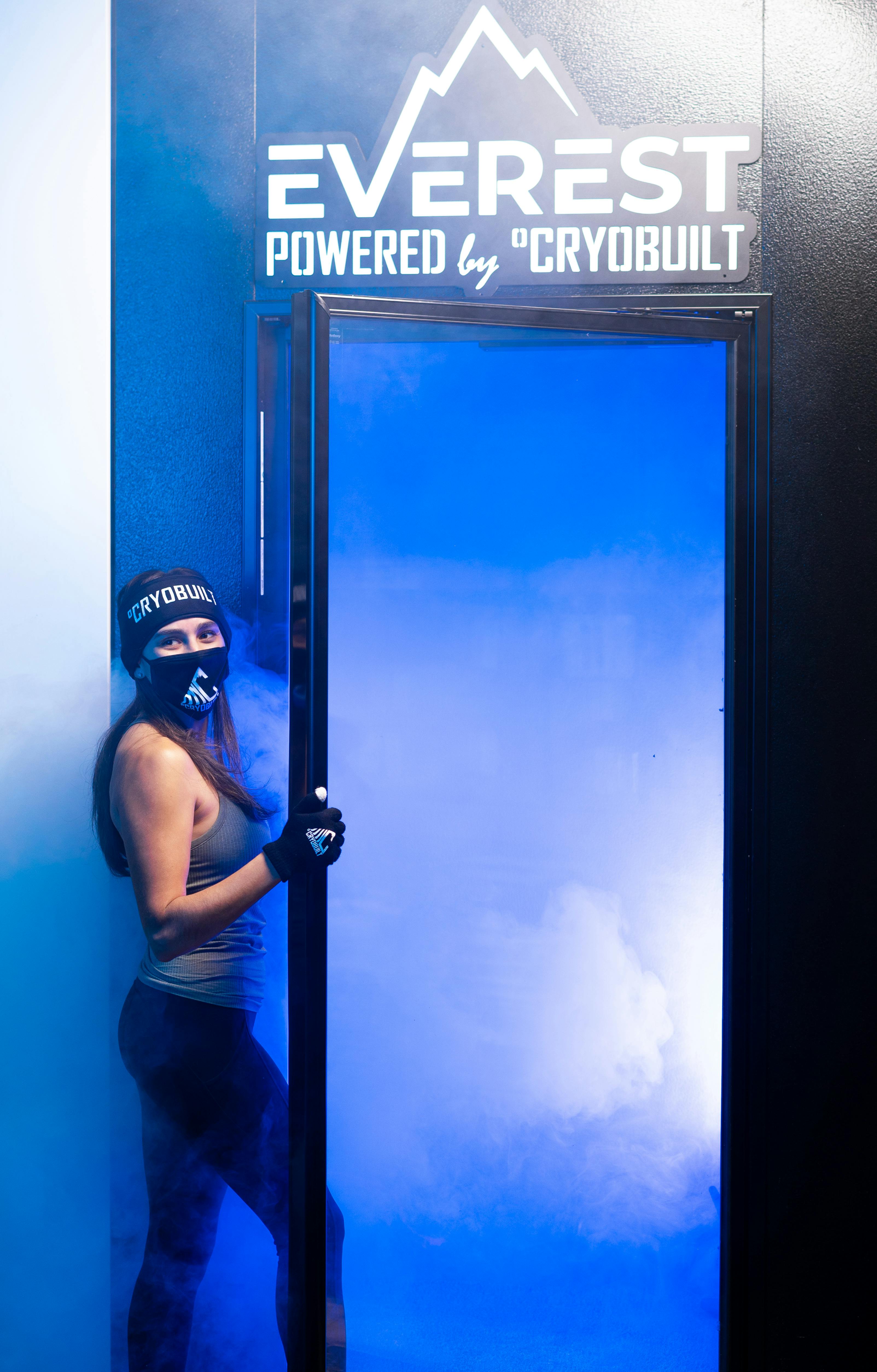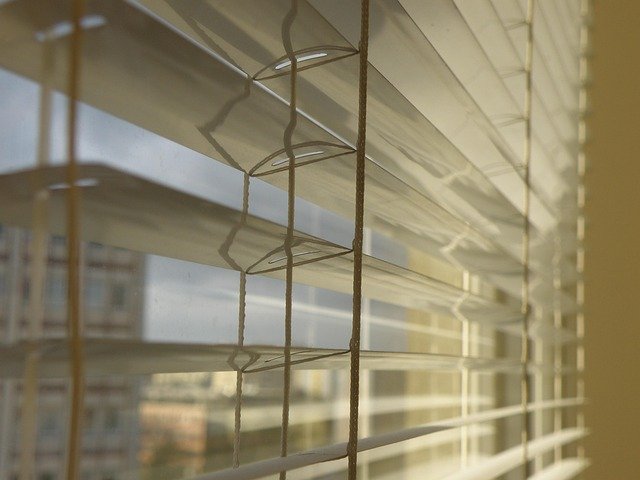Unlocking the Power of Cryotherapy: A Guide to a Frosty Health Trend
The concept of using cold temperatures for health and healing is as old as civilization itself. From the ice baths of the ancient Romans to the cold showers popular in some cultures today, humans have long harnessed the power of the cold. But can it help promote optimal wellness? In this article, we delve into the science of cryotherapy, a wellness trend that has been making waves in recent years.

A Brief History of Cryotherapy
Cryotherapy, or “cold therapy,” has its roots in ancient medical practices. The use of cold for healing can be traced back to the Egyptians in 2500 BC, who used cold application as a treatment for injuries and inflammation. In the 19th century, cryotherapy took a more scientific turn with the discovery of the analgesic (pain-relieving) and anti-inflammatory effects of cold.
Fast forward to the 1970s, and the advent of modern cryotherapy as we know it. Developed in Japan by Dr. Toshima Yamaguchi, the technique involved exposing the body to extremely cold temperatures for a short period to reduce pain and inflammation in rheumatoid arthritis patients. The method quickly gained popularity in Europe and later in the United States for its perceived health benefits.
Cryotherapy in the 21st Century: Fad or Future?
Today, cryotherapy has emerged as a popular wellness trend, with proponents claiming it can aid in everything from muscle recovery to weight loss and even mood enhancement. But what does the science say?
Research on whole-body cryotherapy (WBC), where the entire body (excluding the head) is exposed to cold temperatures, has shown promising results. A 2017 review of four randomized controlled trials found WBC effective in reducing muscle pain and inflammation after exercise. Another study published in the Archives of Physical Medicine and Rehabilitation reported that WBC might help to improve mood and feelings of well-being.
However, the science is still emerging, and more research is needed to understand the full range of benefits and potential risks. Some experts caution against the use of cryotherapy for people with certain medical conditions, such as high blood pressure and heart disease, due to the intense nature of the cold exposure.
Cold Hard Facts: The Science Behind Cryotherapy
How exactly does cryotherapy work? The science is fascinating. When your body is exposed to extreme cold, it goes into survival mode, constricting blood vessels to preserve body heat—a process known as vasoconstriction. Once you’re out of the cold and your body starts warming up, blood rushes back to the muscles, aiding recovery and reducing inflammation.
The extreme cold can also trigger the release of endorphins, the body’s natural painkillers, resulting in a mood boost and an increased feeling of well-being. Some research even suggests that repeated cold exposure could lead to an increased metabolism, although this claim needs further investigation.
Chilling Out: Practical Cryotherapy Tips
- Start Slow: If you’re new to cryotherapy, start with shorter periods of cold exposure and gradually increase as your body adapts.
- Consult a Professional: Always seek professional guidance before starting a cryotherapy regimen, especially if you have existing health conditions.
- Listen to Your If you feel uncomfortable or experience any adverse effects during or after a session, stop immediately and seek medical help.
- Hydrate: Drink plenty of fluids before and after your session to prevent dehydration.
In conclusion, while cryotherapy is a fascinating and promising field, it’s important to approach it with caution. As with any wellness trend, it’s critical to listen to your body, consult with healthcare professionals, and stay informed about the latest research. As we continue to explore the potential of this frosty health trend, we may just find that the old saying is true—sometimes, a little chill can indeed go a long way.




